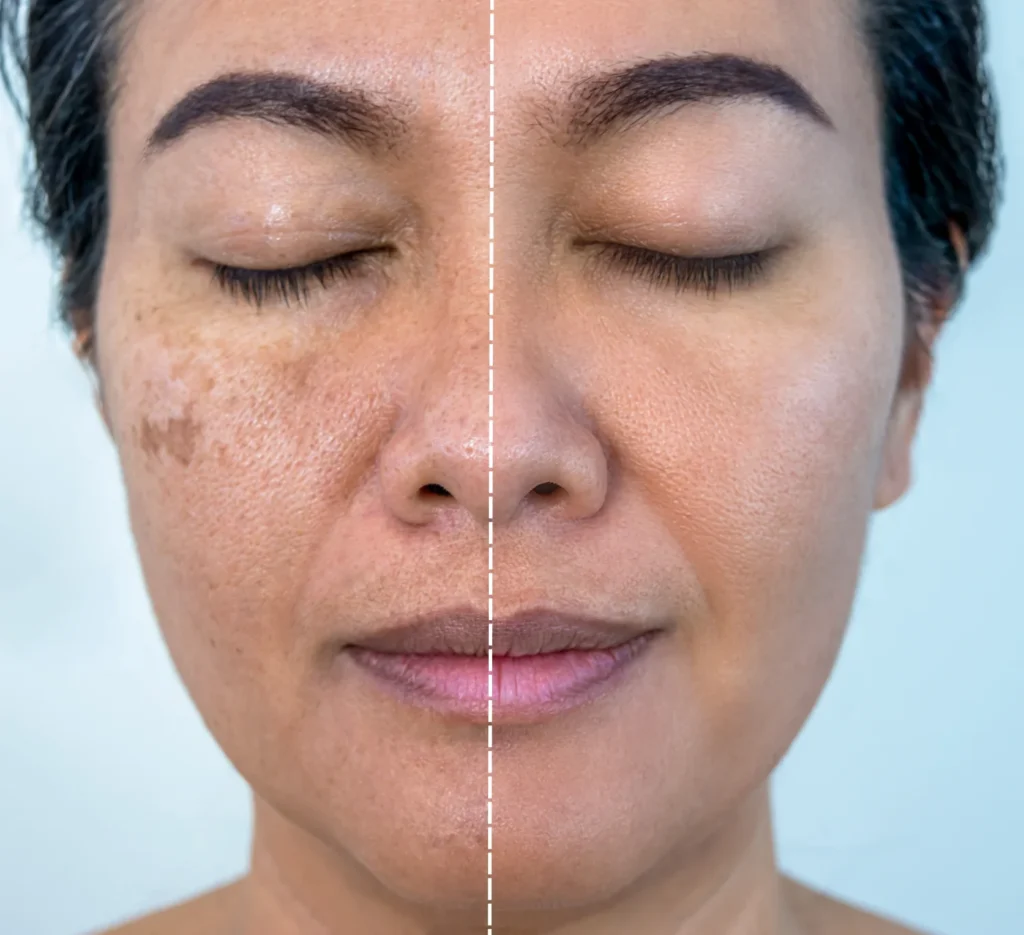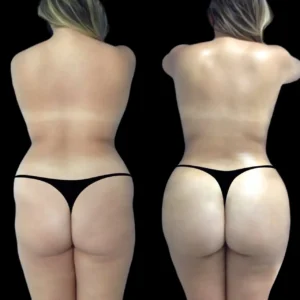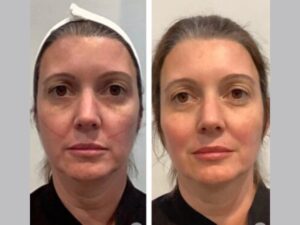
Pigmentation issues, such as hyperpigmentation and dark spots, are common skin concerns that can affect individuals of all ages. Whether due to sun exposure, acne scars, aging, or other factors, these skin imperfections can significantly impact one’s appearance and confidence. Fortunately, there are a variety of pigmentation treatment options available that can help reduce and even eliminate these stubborn skin issues. In this article, we’ll explore the most effective solutions for hyperpigmentation, including laser treatment for pigmentation and lip pigmentation treatment, among others.
Understanding Pigmentation Issues
Before delving into the various treatment options, it’s important to understand what causes pigmentation issues in the first place. Pigmentation refers to the color of your skin, which is determined by the amount of melanin produced by melanocytes in the skin. When these melanocytes become overactive or damaged, they can produce excess melanin, leading to darker patches of skin, also known as hyperpigmentation.
There are several types of hyperpigmentation:
- Sunspots or Age Spots: These occur when the skin is exposed to the sun for long periods, leading to an increase in melanin production.
- Post-inflammatory Hyperpigmentation (PIH): This type occurs after an injury, pimple, or other skin trauma.
- Melasma: Often seen in pregnant women or individuals on hormonal therapies, melasma is characterized by dark patches, typically on the face.
What Are Dark Spots?
Dark spots, also known as age spots, liver spots, or sun spots, are small, darkened areas of the skin caused by excess melanin production. They are commonly seen on areas exposed to the sun, such as the face, neck, hands, and chest. While they are generally harmless, many people seek treatment to reduce their appearance.
Pigmentation Treatment: The Most Effective Solutions
There are several approaches to pigmentation treatment, ranging from topical solutions to advanced procedures like laser treatments. The best option depends on the severity of the pigmentation, skin type, and personal preferences.
1. Topical Treatments
For individuals with mild to moderate pigmentation, topical treatments can provide effective results. These products usually contain ingredients that either inhibit melanin production or help exfoliate the skin to reduce the appearance of dark spots.
Key Ingredients to Look for:
- Vitamin C: Known for its brightening and antioxidant properties, Vitamin C can help lighten dark spots and even out skin tone.
- Retinoids (Vitamin A): Retinoids promote cell turnover, which helps fade pigmentation and reveal brighter skin.
- Hydroquinone: This is a potent skin-lightening agent that reduces melanin production, making it effective for treating dark spots.
- Niacinamide (Vitamin B3): Niacinamide helps to reduce melanin production and enhances the skin’s natural barrier function.
- Alpha Hydroxy Acids (AHAs): AHAs, such as glycolic acid, exfoliate the skin and promote the shedding of dead skin cells, helping to fade pigmentation over time.
While topical treatments can be effective, they may take time to show results. Patience is key, as these treatments typically require several weeks or even months to fully brighten the skin.
2. Chemical Peels
Chemical peels are another popular pigmentation treatment for those dealing with hyperpigmentation. This treatment involves applying a chemical solution to the skin, which exfoliates the outer layers and reveals fresher, more even-toned skin underneath.
There are different types of chemical peels based on the depth of exfoliation:
- Superficial Peels: These peels are mild and typically use alpha-hydroxy acids (AHAs) to remove the outermost layer of skin. They are effective for treating light pigmentation and improving overall skin tone.
- Medium Peels: These peels go deeper and often use trichloroacetic acid (TCA) to treat more significant pigmentation issues.
- Deep Peels: Aimed at more severe pigmentation, deep peels often use phenol or stronger acids to remove several layers of skin, resulting in a more even skin tone.
Chemical peels can be performed by a dermatologist or skincare specialist, and depending on the strength, recovery times vary.
3. Laser Treatment for Pigmentation
One of the most advanced and effective methods for treating pigmentation is laser treatment for pigmentation. Lasers use focused light energy to target specific skin layers, breaking down excess melanin and promoting collagen production. The energy emitted by the laser is absorbed by the pigmentation, causing it to break up and gradually fade away.
There are several types of lasers commonly used for treating pigmentation:
a) Fractional Laser
Fractional lasers create tiny micro-injuries to the skin, which stimulates the body’s natural healing process. This treatment can reduce pigmentation, smooth out skin texture, and improve overall skin tone.
b) Q-Switched Laser
This type of laser targets pigment directly and is highly effective for deep hyperpigmentation and stubborn dark spots. The Q-switched laser delivers short, intense pulses of light that break down the pigment without damaging the surrounding skin.
c) Picosecond Laser
The picosecond laser is one of the newest and most advanced laser treatments for pigmentation. It uses ultra-short pulses to target and break down pigment particles at a cellular level, resulting in faster healing and more effective results for deep pigmentation.
While laser treatment for pigmentation is highly effective, it’s essential to follow proper aftercare instructions, such as avoiding sun exposure, to ensure the best results. Multiple sessions may be required to fully address deep pigmentation concerns.
4. Microneedling
Microneedling, also known as collagen induction therapy, involves using tiny needles to create micro-channels in the skin. This process stimulates the skin’s natural healing response, encouraging the production of collagen and elastin, which can help improve the texture and tone of the skin. Microneedling is particularly effective for post-inflammatory hyperpigmentation and acne scars.
In some cases, microneedling can be combined with topical serums containing ingredients like Vitamin C, hyaluronic acid, or growth factors to enhance the treatment’s effectiveness.
5. Lip Pigmentation Treatment
Lip pigmentation is another common issue, particularly for individuals who smoke or experience hyperpigmentation due to sun exposure. Dark lips can make individuals self-conscious, but there are several treatments available to restore a natural, pinkish hue to the lips.
Common Treatments for Lip Pigmentation:
- Laser Treatment for Lip Pigmentation: Just like other areas of the skin, laser treatment can also be used to target dark pigmentation on the lips. The laser helps to break down the melanin deposits in the lips, resulting in a lighter, more even color.
- Topical Creams: There are lip creams available that help lighten pigmentation over time by inhibiting melanin production.
- Lip Blushing: A semi-permanent cosmetic procedure, lip blushing uses tattoos to enhance the natural color of the lips. While this doesn’t treat pigmentation in the traditional sense, it provides a long-lasting solution to dark lips.
Lip pigmentation treatments, especially laser treatments, should be done with caution as the skin on the lips is more sensitive than other areas of the face.
6. Sun Protection
One of the most effective ways to prevent further pigmentation issues is consistent sun protection. UV rays can worsen pigmentation and cause new dark spots to form. Using a broad-spectrum sunscreen with SPF 30 or higher every day is crucial, even on cloudy days or when indoors. Wearing hats and protective clothing can also help minimize sun exposure.
Conclusion
Whether you’re dealing with hyperpigmentation, dark spots, or lip pigmentation, there are numerous treatment options available to help you achieve clearer, more even-toned skin. Pigmentation treatments range from simple topical creams to more advanced procedures like laser treatment for pigmentation, and lip pigmentation treatment. While treatments like lasers offer fast and noticeable results, consistency with daily skincare and sun protection is equally important in preventing pigmentation from returning.
Before starting any pigmentation treatment, it’s essential to consult with a professional to determine the best option based on your skin type and condition. With the right approach, you can restore your skin’s natural radiance and feel more confident in your appearance.





